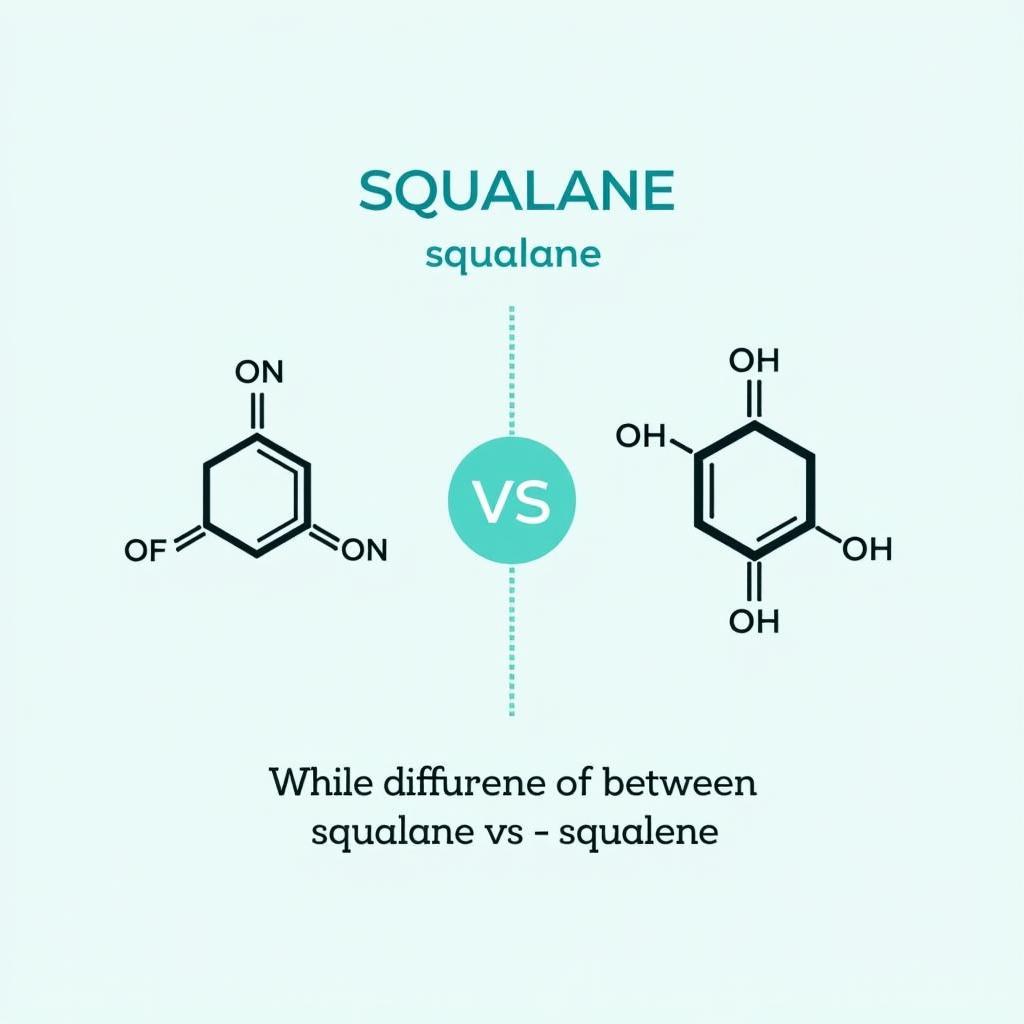Pictures of Mohs Surgery on the Nose: Understanding the Procedure and Results
- AmazoniaSilva
- Tháng 12 12, 2024
- Zodiac signs
- 0 Comments
Mohs surgery on the nose is a precise surgical technique used to treat skin cancer. This article will provide you with valuable information about the procedure, including what to expect before, during, and after surgery, as well as showcase some examples of results.
What is Mohs Surgery?
Mohs micrographic surgery is a specialized technique for removing skin cancer, particularly effective for areas like the nose where preserving healthy tissue is crucial. Unlike traditional excision, Mohs surgery allows for the removal of cancerous tissue layer by layer while sparing as much healthy skin as possible. This method ensures complete cancer removal while minimizing scarring and functional impairment. It’s often the preferred treatment for skin cancers on the nose due to its high cure rate and cosmetic benefits.
Why is Mohs Surgery Preferred for the Nose?
The nose presents unique challenges when it comes to skin cancer removal. Its delicate structure, prominent location, and complex curves require a surgical approach that minimizes disfigurement and maintains functionality. Mohs surgery offers a solution that addresses these challenges by carefully mapping and removing cancerous cells, leaving the surrounding healthy tissue intact.
Benefits of Mohs Surgery on the Nose
- High Cure Rates: Mohs surgery boasts some of the highest cure rates for skin cancer, particularly for recurring cancers.
- Tissue Preservation: It minimizes the removal of healthy tissue, which is vital for maintaining the nose’s shape and function.
- Improved Cosmetic Outcomes: By preserving healthy tissue, Mohs surgery results in less noticeable scarring and better cosmetic results compared to other surgical methods.
- Same-Day Results: The procedure is typically performed on an outpatient basis, with results available the same day.
What to Expect During Mohs Surgery on the Nose
The procedure starts with local anesthesia to numb the area. The surgeon removes a thin layer of skin containing the visible tumor and examines it under a microscope. If cancer cells are still present at the edges of the tissue, another layer is removed and examined. This process continues until all cancerous cells are eliminated.
Post-Surgery Care and Recovery
After the cancerous tissue is completely removed, the wound can be closed in several ways depending on its size and location. This might involve letting it heal naturally, stitching it closed, using a skin graft, or a combination of these techniques. Recovery time varies, but most patients can resume normal activities within a few weeks.
Understanding Mohs Surgery Results
Mohs surgery is highly effective, but like any surgical procedure, there can be potential complications, including bleeding, infection, and scarring. Your surgeon will discuss these risks with you before the procedure.
Conclusion
Mohs surgery on the nose offers a precise and effective method for treating skin cancer while prioritizing cosmetic outcomes and preserving healthy tissue. It is a valuable option for patients seeking a treatment that maximizes cure rates while minimizing the impact on their appearance and quality of life. If you have concerns about skin cancer on your nose, consult with a dermatologist to discuss whether Mohs surgery is the right option for you.
FAQ
- How long does Mohs surgery take? It can vary depending on the size and depth of the tumor, but it typically takes several hours.
- Is Mohs surgery painful? Local anesthesia is used, so you won’t feel any pain during the procedure.
- Will my insurance cover Mohs surgery? Most insurance plans cover Mohs surgery for medically necessary skin cancer treatment.
- What is the recovery time like? Recovery varies, but most patients can resume normal activities within a few weeks.
- What are the long-term results of Mohs surgery? Mohs surgery has high cure rates and often results in minimal scarring.
- Are there any alternatives to Mohs surgery? Other treatment options include traditional excision, radiation therapy, and topical medications.
- How can I find a qualified Mohs surgeon? Your dermatologist can refer you to a qualified Mohs surgeon in your area.
Need more help? Contact us at Email: [email protected], or visit our office at Fifth Avenue, 34th Floor, New York, NY 10118, USA. We have a 24/7 customer service team.
